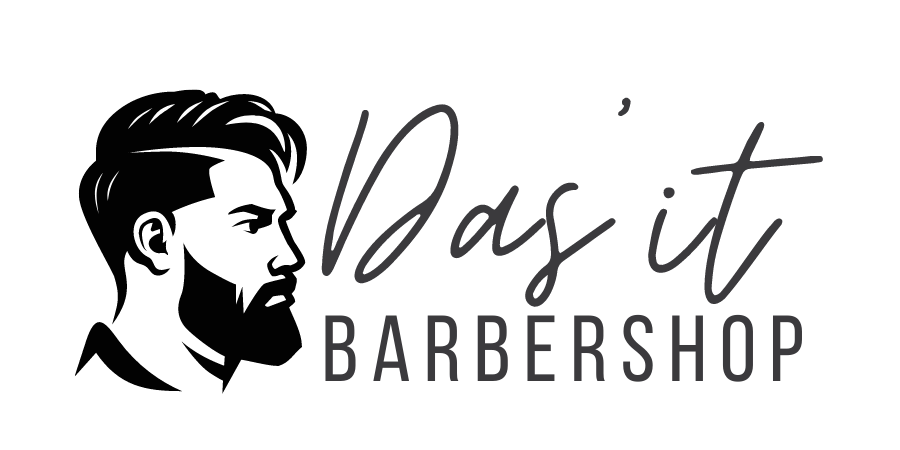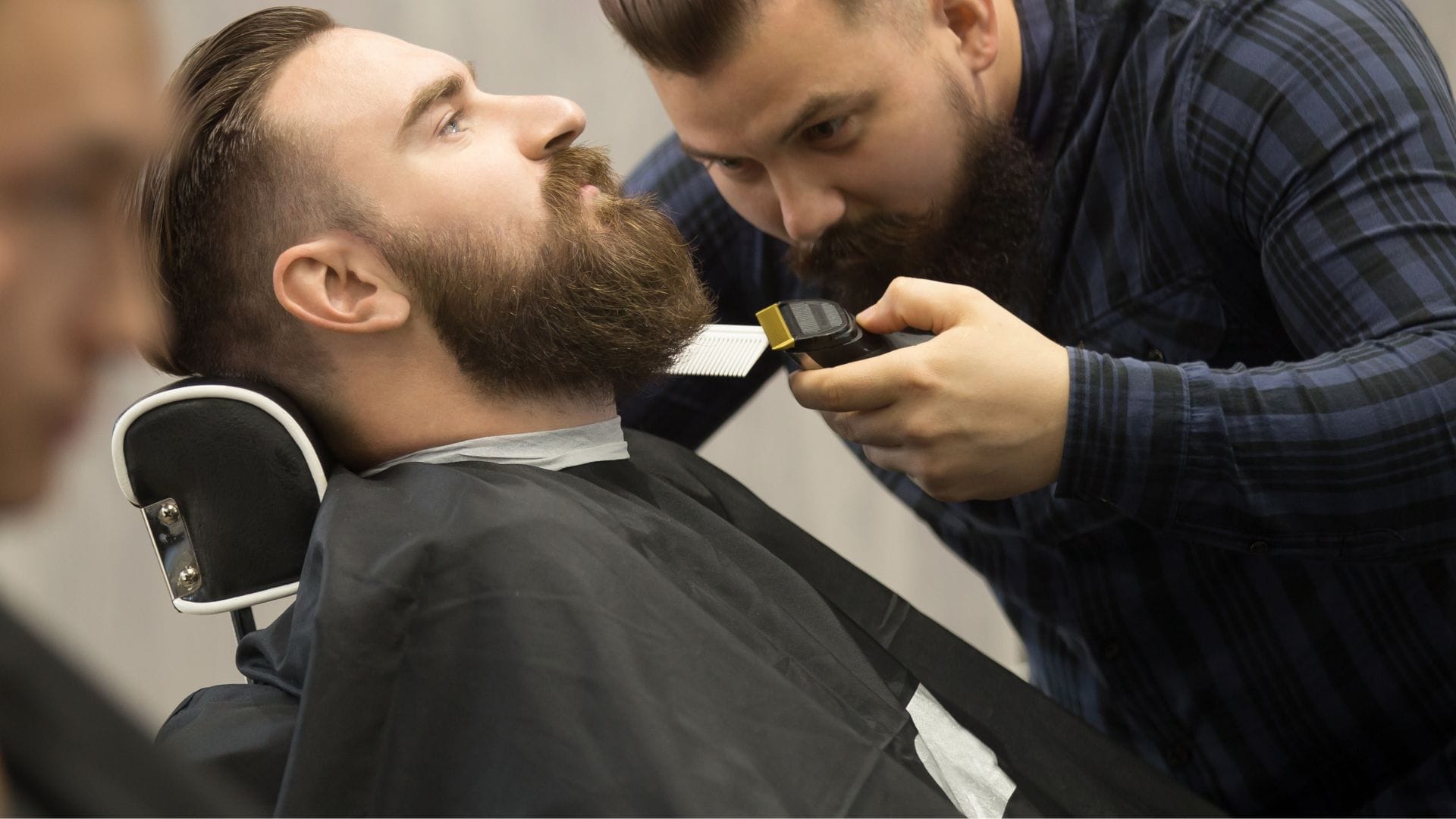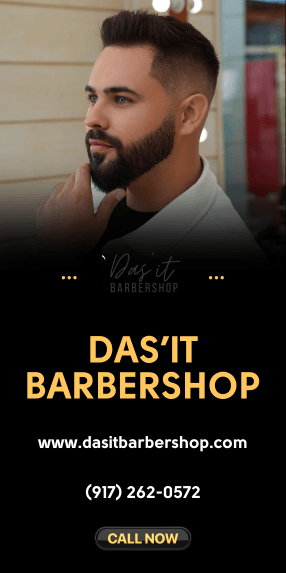When it comes to grooming, there is no shortage of myths and misconceptions that can lead men astray. A prevailing myth suggests that frequent haircuts can accelerate hair growth, when in reality, hair growth depends more on genetics and overall health than on how often it is trimmed. Another common misconception is that washing your hair daily is essential for cleanliness, but this can strip natural oils and lead to dryness, especially in men with more textured hair.
Many believe that shaving makes hair grow back thicker, which is a myth rooted in the perception of blunt-ended stubble rather than any change in hair growth itself. In terms of beard care, it’s often thought that maintaining a beard requires little to no grooming beyond trimming, yet a proper beard care routine should include regular washing, conditioning, and moisturizing to prevent itchiness and breakage.
Understanding these truths can help dispel frustration and prevent unnecessary damage, ensuring that men can make informed decisions to maintain their style effectively. It’s crucial to choose products and routines that are specifically tailored to individual needs, rather than adhering to widespread but unfounded grooming myths.
Myth 1: Washing Hair Daily is Necessary
While it might seem essential to wash hair every day, especially for those who lead active lifestyles or have naturally oily scalps, frequent washing can actually do more harm than good. Our scalps produce natural oils, known as sebum, which are vital for keeping both the scalp and hair moisturized.
Washing hair daily strips these oils, often leading to dryness, irritation, and an overproduction of oil as the scalp tries to compensate for the loss. This is particularly concerning for those with thinner hair, as over-washing can exacerbate dryness, making the hair appear even thinner and more prone to breakage.
Skipping daily washes allows the natural oils to balance out, improving hair texture and scalp health. Most hairstylists recommend washing hair two to three times a week to maintain this healthy balance, while considering individual needs based on hair type and lifestyle. Conditioning on non-wash days and using dry shampoo can also help maintain a fresh look without disrupting this balance.
Myth 2: Only Old Men Go to Barbershops
The notion that barbershops cater solely to older gentlemen is a common misconception. In reality, barber shops offer personalized care that is suitable for men of all ages, accommodating a diverse range of grooming needs and styles. The experience of visiting a traditional barbershop in New York, for instance, is one that combines classic techniques with modern sensibilities. Here, precise cutting techniques are paired with contemporary grooming tips, ensuring that every man, regardless of age, walks out with a style that complements his individuality.
Barbers are trained in the art of cutting and grooming, focusing on techniques that enhance masculine hair textures and styles. This expertise in manual clippers and razor fades provides a distinct advantage when crafting haircuts that require precision and detail. Collaborating with a barber and a stylist can further enhance this experience. While barbers excel in cuts and upkeep, stylists can offer expert advice on maintaining the look at home, suggesting complementary hair care products, and introducing styling techniques that would suit various occasions and needs.
The atmosphere in a barbershop is another element that draws in clientele of all ages. Many barbershops have cultivated a sense of community—a welcoming space where men can relax, share stories, and engage in conversations while receiving top-notch grooming services. As the modern man’s grooming needs evolve, barbershops continue to adapt, proving that they are not relics of the past but vibrant establishments catering to the needs of today’s diverse male clientele.
Myth 3: Shampooing Less Prevents Hair Loss
The belief that reducing shampoo frequency can prevent hair loss is a prevalent myth, yet it oversimplifies the complex dynamics of scalp and hair health. Maintaining a clean and healthy scalp is not just a matter of aesthetics; it’s a foundational element of maintaining overall hair health. While it’s true that over-shampooing can strip the hair of natural oils, leading to dryness and potential damage, completely avoiding shampoo isn’t the answer either.
Failing to cleanse the scalp regularly can result in an accumulation of oils, dirt, and styling products. This buildup creates an environment where hair follicles can become clogged, hindering hair growth, and potentially contributing to hair loss. Therefore, finding a balance is crucial. Using a gentle shampoo that suits one’s hair type every couple of days can help maintain the necessary oil levels while ensuring the scalp remains free from debris. Such an approach not only supports hair growth but also leads to healthier, more resilient hair over time.
Myth 4: Hair Damage is Irreversible
Many believe that once hair is damaged, it cannot be repaired. While it’s true that some forms of damage, such as split ends, require trimming to remove unhealthy portions of hair, there are numerous ways to effectively manage and mitigate hair damage. At its core, addressing hair damage involves incorporating regular conditioning into your hair care routine. A deep conditioner or hair mask can infuse moisture back into the hair shaft, improving elasticity and reducing breakage.
Moreover, choosing the right products tailored to your hair’s specific needs is crucial. Products containing ingredients like keratin, argan oil, or shea butter can work to reinforce weakened areas, mend torn cuticles, and impart a smoother, shinier appearance to damaged hair.
Additionally, minimizing the use of heat styling tools and applying a heat protectant before styling can prevent further damage. Though it may take time and consistency, these practices collectively contribute to restoring hair health, allowing the hair to look and feel revitalized, even after experiencing damage.
Myth 5: Short Hair Needs No Maintenance
Short hair may seem low maintenance, but regular trims and proper styling are essential to keep it looking sharp. The common misconception is that because short hair requires less shampoo and conditioner, it automatically demands less attention. However, maintaining a neat and polished appearance often involves frequent trips to the salon for trims. For men, especially those with thin hair, routine care ensures the style remains sleek and tidy.
Ensuring the vibrancy and health of short hair also involves selecting appropriate styling products tailored to hair texture and type. Light pomades or waxes can add texture without weighing hair down, and mousse can provide volume to thinner hair types. Furthermore, investing in quality tools, such as a fine-tooth comb and a versatile hairdryer, can assist in achieving desired styles swiftly.
Beyond aesthetics, scalp care is another critical element often overlooked in short hair maintenance. Regular scalp massages and the use of a clarifying shampoo help in removing buildup and promoting healthy hair growth. In summary, while short hair requires different care techniques compared to longer styles, it certainly benefits from attention to detail in its maintenance routine.
Myth 6: Natural Oils Make Hair Greasy
Natural oils are essential for maintaining hair health and should not be confused with unwelcome grease or dirt. These oils, produced by the scalp, provide necessary moisture and protection to both hair and skin. They form a natural barrier that helps lock in hydration while adding sheen, something that artificial products often try to replicate. The misconception arises when individuals frequently wash their hair, stripping away these beneficial oils. This can lead to an imbalance, causing the scalp to overproduce oil in an attempt to compensate for the dryness, thereby making the hair appear greasy.
The key is to allow these oils to nourish the hair and scalp without over-washing. Establishing a balanced hair-washing routine that accounts for one’s specific hair type and lifestyle is critical. For instance, individuals with dry hair may benefit from washing less frequently, allowing natural oils more time to travel down the hair shaft. In contrast, those with oily hair might require a more regular cleansing regimen, but with the focus on using gentle, sulfate-free shampoos that do not strip away essential nutrients. Incorporating regular scalp massages can also help distribute oils evenly and prevent buildup at the roots. By respecting the natural processes of hair and scalp, one can maintain a vibrant, healthy appearance without succumbing to the myth that natural oils are purely a source of greasiness.
Myth 7: Barbers Don’t Style, Only Cut
There’s a misconception that barbers only offer haircuts, limiting their practice to trimming and basic maintenance. However, barbers, especially in a diverse and fashion-forward city like New York, are skilled artisans in both cutting and styling.
These professionals are trained to understand the nuances of different hair types and textures, allowing them to tailor a look that’s not only flattering but also aligns with personal preferences and lifestyle needs. The right barber in New York can expertly craft styles ranging from the classic to the contemporary, incorporating modern techniques like fades, tapers, and designs.
Whether preparing for a special occasion or simply refreshing one’s everyday appearance, a skilled barber provides a personalized service that goes beyond just cutting hair. They often consider factors like facial structure, growth patterns, and current fashion trends to ensure clients leave with a style they love and can maintain with confidence. Thus, barbers play a crucial role in achieving a desired look, blending traditional craftsmanship with modern styling innovations.
Myth 8: Beard Oils Don’t Make a Difference
Contrary to the belief that beard oils are just a trivial luxury, they play a significant role in maintaining a healthy beard and skin. Beard oils are formulated with a blend of carrier oils and essential oils that help moisturize both the skin beneath the beard and the beard hair itself. This is crucial in preventing the dreaded itchiness and flakiness that often accompanies beard growth, especially in its early stages.
By nourishing the skin and hair, beard oils create an optimal environment for healthy beard growth. The moisturizing properties of these oils prevent dryness and irritation, which can lead to beard dandruff or even cause patchiness in more severe cases. Moreover, regular use of beard oil helps soften the beard, making it easier to style and manage, reducing the occurrence of split ends and brittle hair.
Furthermore, beard oils often carry a subtle fragrance that acts as a natural deodorant, leaving the beard smelling fresh and pleasant throughout the day. With a variety of formulations available, beard oils can be tailored to suit different skin types and individual fragrance preferences. Incorporating beard oil into a daily grooming routine is not merely an indulgence but a practical step towards a well-groomed, aesthetically pleasing beard that complements one’s overall personal style. Thus, beard oils are indeed an indispensable part of any beard care regimen.
Myth 9: Hair Products Cause Damage
Moderation is key when it comes to hair products. The perception that all hair products inherently cause damage overlooks the nuance of proper usage and product selection. While overuse can indeed result in product build-up and weigh down the hair, contributing to scalp issues and hair dullness, it doesn’t mean that hair products are harmful by nature. In fact, when used judiciously, hair products can enhance style, manageability, and protection without any adverse effects.
Understanding the ingredients and their purposes can greatly influence the health of your hair. For example, products containing nourishing agents such as proteins and vitamins can strengthen hair fibers, while oils and conditioners can provide necessary moisture. However, avoiding products with harsh chemicals, like sulfates and parabens, is crucial to prevent stripping the hair of its natural oils and avoiding potential irritation.
Furthermore, selecting products tailored to your specific hair type and concerns, such as volumizing mousse for fine hair or hydrating serums for curly locks, can optimize results while minimizing risk. Proper application—such as focusing products on areas that need it most, rather than indiscriminately throughout the scalp—can also ensure that the hair receives the necessary benefits without unnecessary exposure to potentially damaging elements.
Regular clarification of the scalp and hair to remove excess build-up is recommended to maintain hair health while using styling products. Therefore, with mindful selection, moderated use, and occasional detoxification, hair products can be a valuable part of achieving the desired hairstyle without compromising hair integrity.
Myth 10: UV Protection is Unnecessary for Hair
Just as skin can suffer from prolonged exposure to the sun’s UV rays, so too can hair, leading to various forms of damage. Ultraviolet rays can weaken the hair shaft, causing brittleness, dryness, and a reduction in elasticity, which may lead to split ends and breakage. Additionally, UV exposure can fade hair color, both natural and synthetic, resulting in dull and lackluster hair. Therefore, using hair products that offer UV protection is advisable, particularly for individuals who spend considerable time outdoors or in sun-intensive environments.
Incorporating products with UV blockers can help preserve the structure and vibrancy of hair. These products often contain ingredients specially formulated to absorb or reflect harmful UV rays, protecting the hair cuticle and minimizing the damage associated with sun exposure. Options include UV-protective sprays, leave-in conditioners, and serums that can be applied before sun exposure for extended protection. For color-treated hair, using these products is especially crucial to prevent premature fading and to maintain the richness of the hue.
Moreover, wearing hats or scarves offers an additional physical barrier against the sun’s rays, complementing the chemical protection provided by hair care products. This combination of strategies ensures comprehensive protection of the hair, safeguarding its health and appearance. In conclusion, integrating UV protection into your hair care routine not only offers resilience against potential damage but also maintains the aesthetic qualities of your hair over time. Overlooking this aspect of hair care could otherwise lead to unnecessary deterioration, so it is essential to recognize the importance of shielding hair from UV exposure.
Myth 11: Hair Treatments are a One-Size-Fits-All
It is a common misconception that hair treatments produce the same results for everyone, regardless of hair type or condition. In reality, every individual possesses unique hair characteristics that demand tailored solutions. Factors such as hair density, porosity, texture, and scalp health vary widely, and what works effectively for one person may not yield the same results for another. For instance, individuals with men’s thin hair may require volumizing products to add body and thickness, while those dealing with damaged hair might benefit from intensive moisturizing treatments to restore strength and elasticity.
Consulting with a professional hairstylist or trichologist can be highly beneficial in addressing these specific needs. These experts can assess your hair’s condition, identify issues, and recommend treatments that are compatible with your particular hair type. They have the knowledge to understand the complexities of diverse hair conditions and can tailor solutions that enhance the overall health and appearance of your hair.
Selecting appropriate treatments involves considering a variety of products and techniques, including shampoos, conditioners, hair masks, leave-in conditioners, and serums. Furthermore, professionals can advise on lifestyle and dietary changes that may positively influence hair health. By dispelling the myth of a one-size-fits-all approach, individuals can achieve better results through personalized hair care regimens that cater specifically to their distinctive hair needs.


